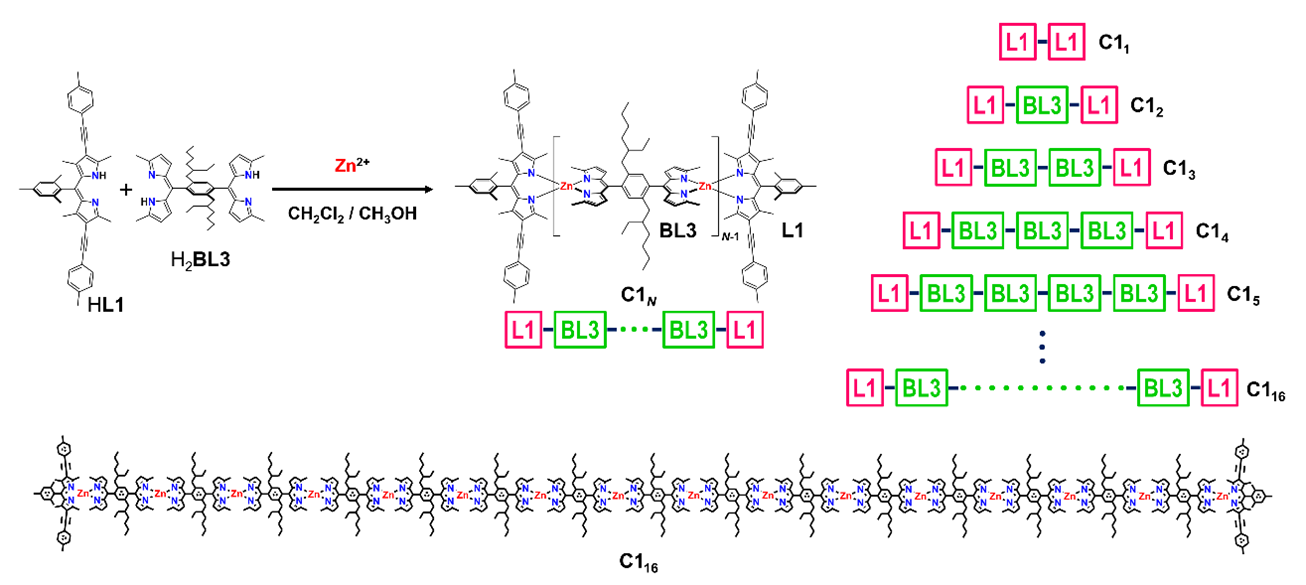2025-02-06 マックス・プランク研究所
フランクフルト・アム・マインのエルンスト・シュトリュングマン研究所の研究チームは、脳内のリズミカルな振動パターンが情報処理において重要な役割を果たしていることを初めて明確に示しました。これまで脳波として知られるこれらの振動の目的は不明でしたが、今回の研究により、その機能が解明されつつあります。
◆研究チームは「調和振動子再帰ネットワークモデル(HORN)」と呼ばれる新しいモデルを開発し、脳内の神経ネットワークがどのように情報を処理するかをシミュレートしました。このモデルでは、神経細胞が調和振動子として機能し、特定の周波数で同期して振動することで、情報の符号化や伝達が効率的に行われることが示されています。
◆この発見は、脳の情報処理の基本原理を理解する上で重要な一歩となり、エネルギー効率の高い人工知能(AI)システムの開発にも影響を与える可能性があります。脳の振動パターンを模倣したAIシステムは、現在の技術よりも効率的で柔軟な情報処理が可能になると期待されています。
<関連情報>
- https://www.mpg.de/24143275/oscillating-networks-in-the-brain
- https://www.pnas.org/doi/10.1073/pnas.2412830122
新皮質回路における振動ダイナミクスの機能的役割: 計算論的視点 The functional role of oscillatory dynamics in neocortical circuits: A computational perspective
Felix Effenberger, Pedro Carvalho, Igor Dubinin, and Wolf Singer
Proceedings of the National Academy of Sciences Published:January 23, 2025
DOI:https://doi.org/10.1073/pnas.2412830122

Significance
Neocortical circuits are characterized by complex oscillatory dynamics. Whether these oscillations serve computations or are an epiphenomenon is still debated. To answer this question, we designed a computational model of a recurrent network that allows control of oscillatory dynamics (harmonic oscillator recurrent network, HORN). When operating in an oscillatory regime, HORNs outperform nonoscillatory recurrent networks in terms of learning speed, noise tolerance, and parameter efficiency. Moreover, they closely replicate the dynamics of neuronal systems, suggesting that biological neural networks are likely to also exploit the unique properties offered by oscillatory dynamics for computing. The interference patterns provided by wave-based responses allow for a holistic representation and highly parallel encoding of both spatial and temporal relations among stimulus features.
Abstract
The dynamics of neuronal systems are characterized by hallmark features such as oscillations and synchrony. However, it has remained unclear whether these characteristics are epiphenomena or are exploited for computation. Due to the challenge of selectively interfering with oscillatory network dynamics in neuronal systems, we simulated recurrent networks of damped harmonic oscillators in which oscillatory activity is enforced in each node, a choice well supported by experimental findings. When trained on standard pattern recognition tasks, these harmonic oscillator recurrent networks (HORNs) outperformed nonoscillatory architectures with respect to learning speed, noise tolerance, and parameter efficiency. HORNs also reproduced a many characteristic features of neuronal systems, such as the cerebral cortex and the hippocampus. In trained HORNs, stimulus-induced interference patterns holistically represent the result of comparing sensory evidence with priors stored in recurrent connection weights, and learning-induced weight changes are compatible with Hebbian principles. Implementing additional features characteristic of natural networks, such as heterogeneous oscillation frequencies, inhomogeneous conduction delays, and network modularity, further enhanced HORN performance without requiring additional parameters. Taken together, our model allows us to give plausible a posteriori explanations for features of natural networks whose computational role has remained elusive. We conclude that neuronal systems are likely to exploit the unique dynamics of recurrent oscillator networks whose computational superiority critically depends on the oscillatory patterning of their nodal dynamics. Implementing the proposed computational principles in analog hardware is expected to enable the design of highly energy-efficient and self-adapting devices that could ideally complement existing digital technologies.



